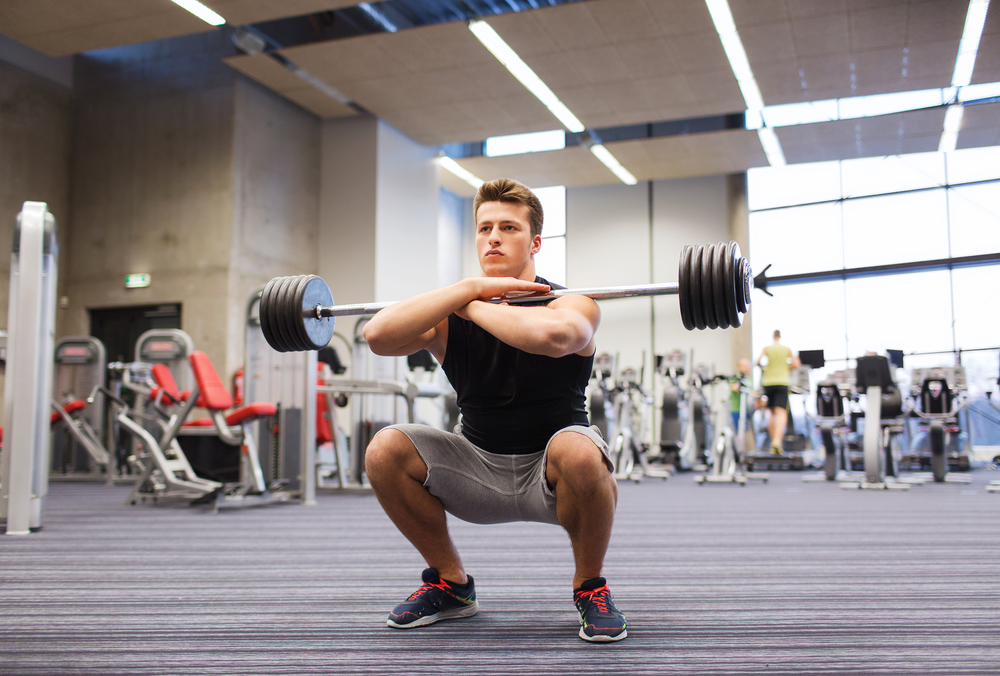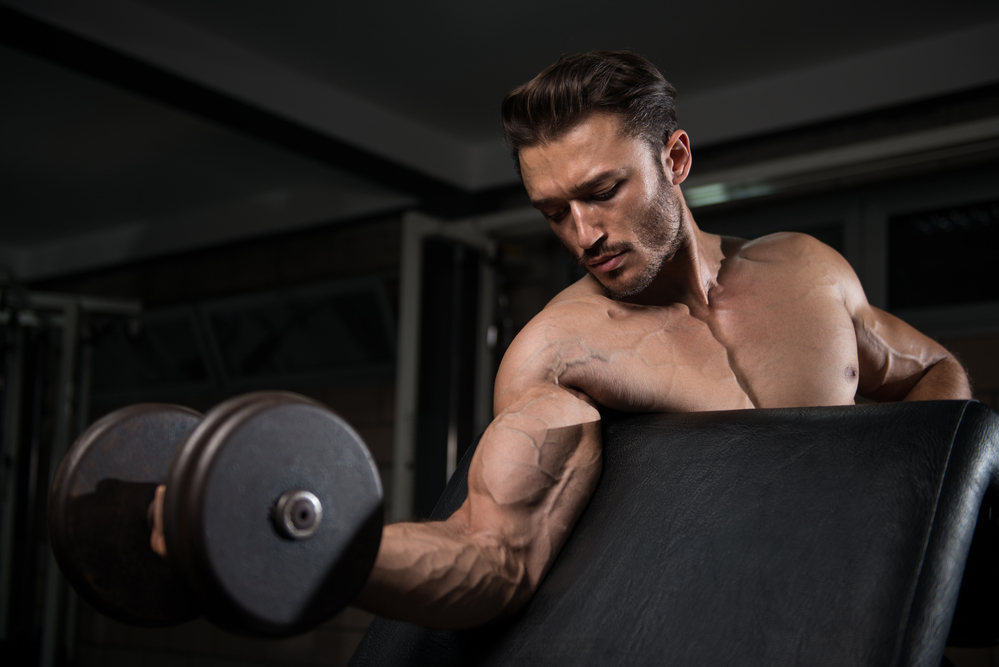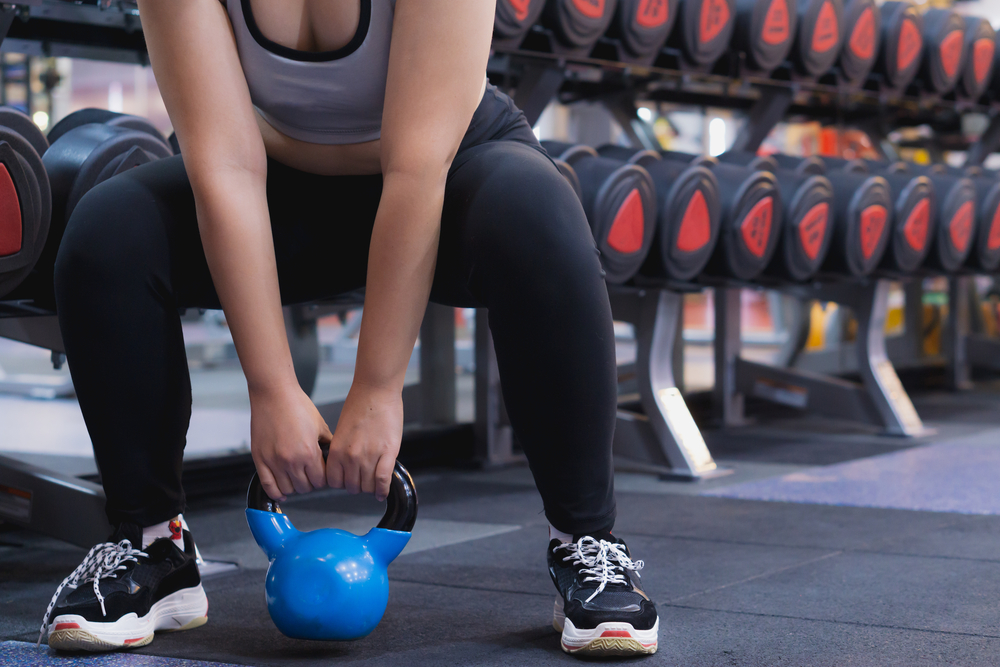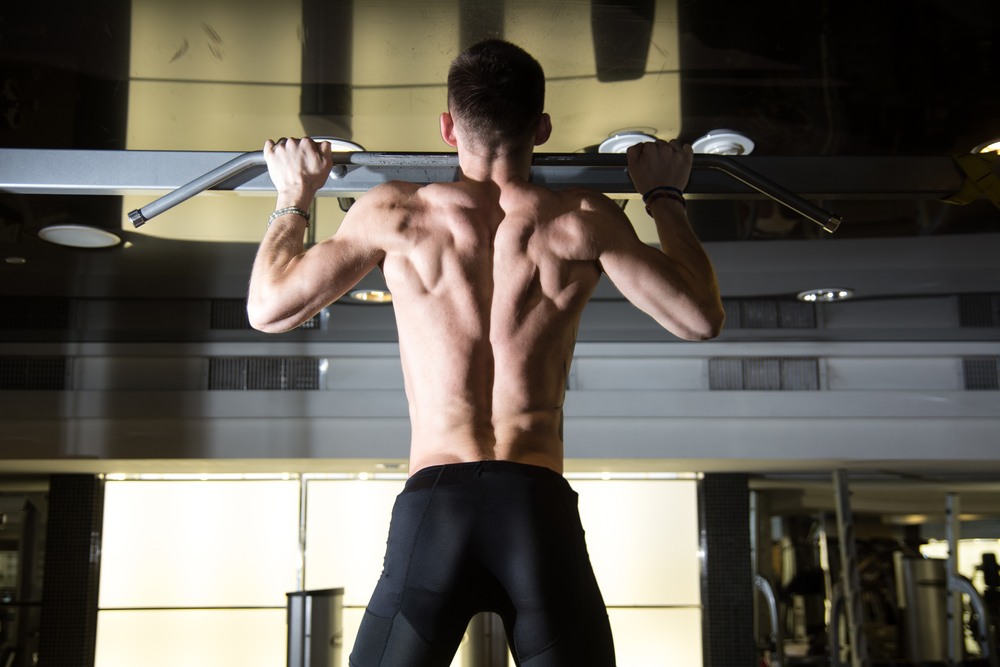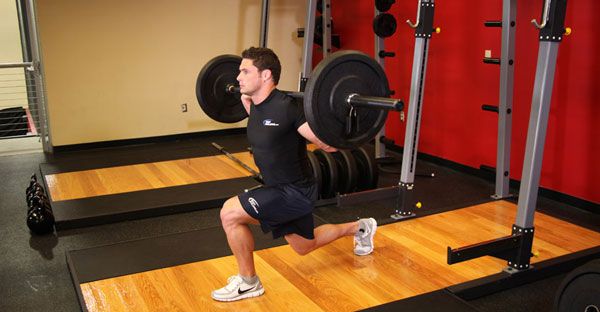
Table of Contents
Behind the neck pull-ups are a great way to diversify your regular pull-ups and work out your back. But don’t be in a hurry. It’s a difficult exercise, which requires physical training. Therefore, learn the classic pull-ups on the horizontal bar first. Then complicate your workouts and experiment.
It’s worth noting that violation of the exercise technique (especially if there are contraindications) can lead to injury. But first things first.
What muscles do pull-ups work?
Behind the neck pull-ups work out the entire upper back, like the usual pull-ups on the horizontal bar:
Broadest dorsal muscles
Rhomboid muscles
Large round muscle
Some athletes note that behind the neck pull-ups work out well the circular muscle of the back. Other exercises hardly train it. The pectoral muscles, biceps, and shoulders work too.
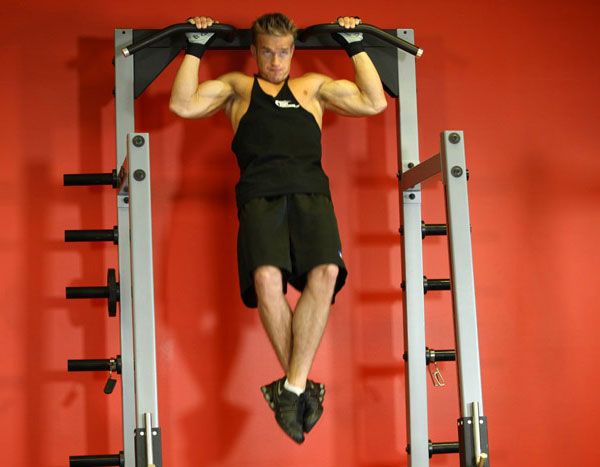
Is the grip wide or narrow?
By default, we mean wide-grip pull-ups. Athletes believe that the wider the grip, the higher the effectiveness of the exercise. It’s only partially true. It’s important to keep a balance here. Because an excessively wide grip can lead to injury of the shoulder joints.
Choose the optimal width grip carefully. The main indicator is a feeling of tension in the working muscles and the absence of discomfort, a feeling of “pinching” of the shoulders or back.
https://www.youtube.com/watch?v=ak04ZEzPAuU
As a rule, a narrowing of the grip leads to passing the load from the upper part of the broadest muscles of the back to the lower one. In addition, the pectoral muscles and arms receive additional stress. In other words, the back muscles work less. Therefore, experienced athletes don’t recommend behind the neck pull-ups with a narrow grip. Use a narrow grip only if you have a lot of experience and individual training goals.
Proper exercise technique
Behind the neck pull-ups have the following technique:
Some athletes recommend staying at the top for an extra breath. However, this is a rare exercise option. Most often, athletes use a standard exercise scheme: inhale in the starting position, exhale during lifting, and inhale during lowering without interrupting your breath.
https://www.youtube.com/watch?v=1cYwffmQMqY
The reps depend on your physical training. Try to start with 2 sets of 5-6 reps. And increase the quantity little by little.
Contraindications
Injuries of the cervical spine and shoulder girdle are reasons to refuse the exercise. These areas are under heavy load.
Remember, the wide grip is not the goal of the exercise. This moment is directly related to the likelihood of injury. Try a grip slightly wider than your shoulders first. Then follow your own feelings. Correct technique if necessary.
What else should I know?
Make sure that there is no hunching during the behind the neck pull-ups. There is a desire to unload the lats and hunch over at the top point, easing the load. Therefore, keep your head as straight as possible. The shoulder blades are brought together.
Try to lower yourself to the starting position smoothly. Don’t drop sharply down. Lower yourself by controlling movement and feeling the muscles work. Thus, you’ll protect yourself from shoulder injuries and increase exercise effectiveness.
Do full amplitude. Lower yourself until the arms straighten. Pull yourself up to the top point until the bar is at the level of the nape.
Think of your arms as simply “bindings”, which hold you on the horizontal bar. Don’t use your biceps. After all, your goal is to work out your back.
https://www.youtube.com/watch?v=v2MGcs19rF8
Remember, behind the neck pull-ups is a specific exercise for athletes who have experience training on a horizontal bar. Beginners should learn the classic pull-ups first.



